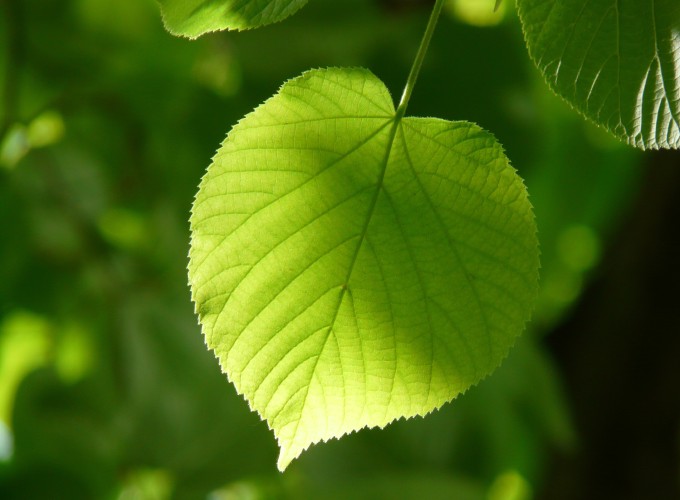 Image credit: Google
Image credit: Google
Plant nitrogen concentration and isotopic composition in residential lawns across seven US cities
 Image credit: Google
Image credit: Google
Plant nitrogen concentration and isotopic composition in residential lawns across seven US cities
Abstract
Human drivers are often proposed to be stronger than biophysical drivers in influencing ecosystem structure and function in highly urbanized areas. In residential land cover, private yards are influenced by individual homeowner preferences and actions while also experiencing large-scale human and biophysical drivers. We studied plant nitrogen (%N) and N stable isotopic composition (δ15N) in residential yards and paired native ecosystems in seven cities across the US that span major ecological biomes and climatic regions: Baltimore, Boston, Los Angeles, Miami, Minneapolis-St. Paul, Phoenix, and Salt Lake City. We found that residential lawns in three cities had enriched plant δ15N (P < 0.03) and in six cities higher plant N (%) relative to the associated native ecosystems (P < 0.05). Plant δ15N was progressively depleted across a gradient of urban density classes in Baltimore and Boston (P < 0.05). Lawn fertilization was associated with depleted plant δ15N in Boston and Los Angeles (P < 0.05), and organic fertilizer additions were associated with enriched plant δ15N in Los Angeles and Salt Lake City (P < 0.04). Plant δ15N was significantly enriched as a function of housing age in Baltimore (r 2 = 0.27, P < 0.02), Boston (r 2 = 0.27, P < 0.01), and Los Angeles (r 2 = 0.34, P < 0.01). These patterns in plant δ15N and plant N (%) across these cities suggests that N sources to lawns, as well as greater rates of N cycling combined with subsequent N losses, may be important drivers of plant N dynamics in lawn ecosystems at the national scale.